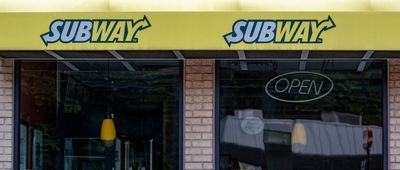Rebrands Gone Wrong
Rebranding a company logo is a risky venture that can either rejuvenate a brand or lead to a public relations nightmare. While the goal is often to modernize and refresh the brand's image, sometimes the results are disastrous. From facing fervent backlash from loyal customers to grappling with a tarnished reputation and plummeting sales, rebranding efforts can have far-reaching negative consequences.
Here are 17 examples where companies' logo rebrandings missed the mark and became infamous for all the wrong reasons.


























